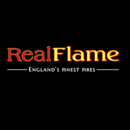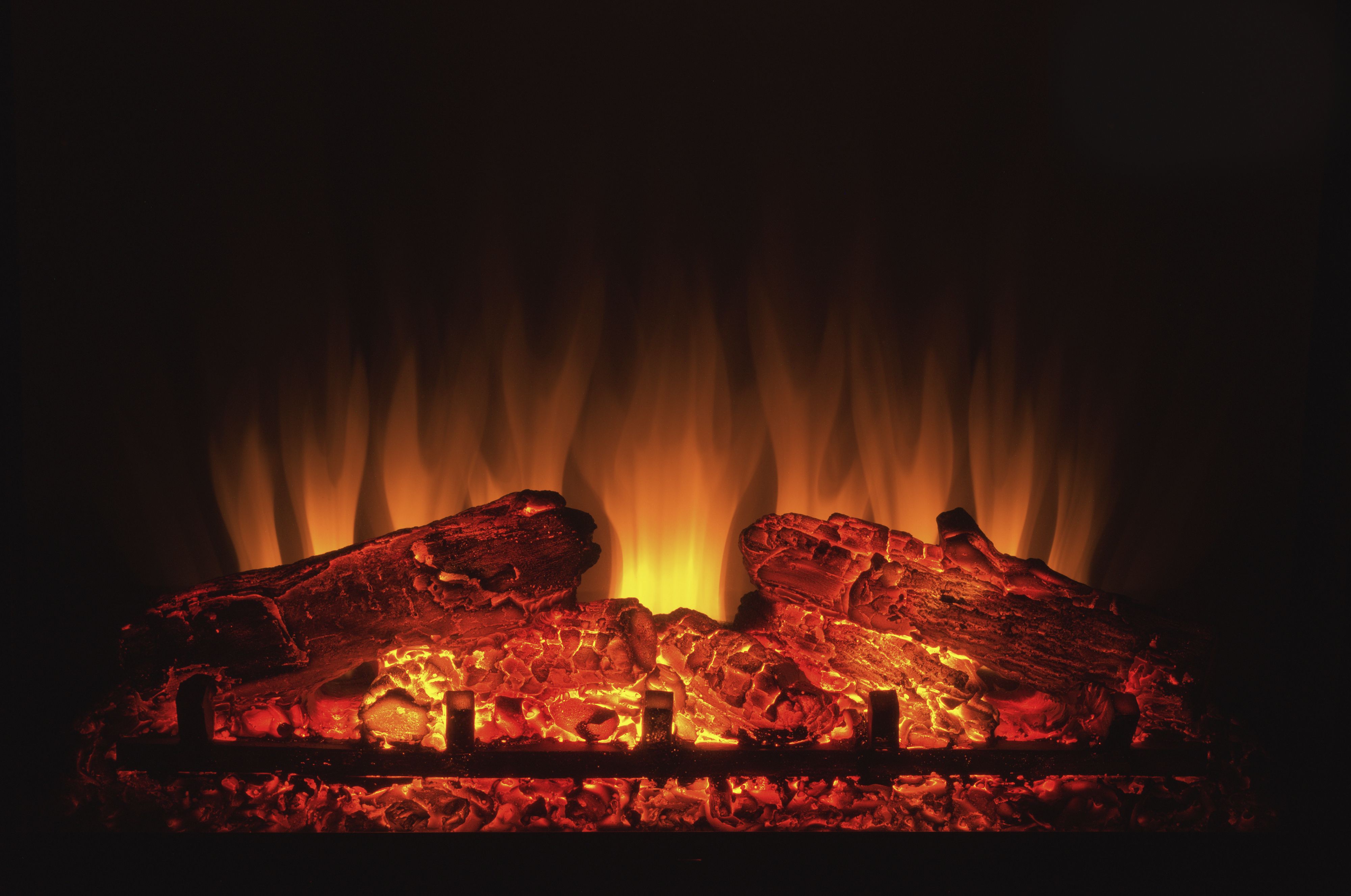What are electric fires?
Contents |
Introduction
Electric fireplaces are similar to conventional coal, wood and natural gas fireplaces, except that they are plugged into the wall and require no fuel. This also means they are easy to clean, do not require a lot of maintenance, and do not emit fumes.
Electric fireplaces
Electric fires were invented in 1912 but only became popular in the 1950s. They can be fitted with a ‘flame only’ setting, where they mimic the flame effects of a conventional fire. They can also be used as heaters and consume approximately 1.4 - 1.6 kW of energy, which can heat a 37 sq. m room.
How do electric fires work?
Electric fireplaces generate heat through heated metal coils which use electricity. The heat spreads through the room by a fan. The heat is 100% efficient, as none of the heat is wasted; the fan pushes out 100% of the heat generated by the coils.
There is no need for chimney flues or vents, as electric fireplaces do not emit fumes, gases or smoke. This also means there is no dirt, such as ash, being produced.
Types of electric fireplaces
There are several different types of electric fires, such as:
Electric stoves
Can be placed anywhere in the home and works by adjusting the heat settings and the flame intensity by remote control.
Wall-mounted electric fires
Can have a large variety of styles (contemporary or modern); placed on walls.
Electric fires with fire baskets
Made from cast iron, aluminium and other types of metals. Can be decorative or fitted into working fireplaces.
Electric insert fires
Also called inset, these fireplaces sit in a recess on the wall.
Advantages of electric fires
Electric fires provide many different benefits for properties, both residential and commercial:
- There is no need for chimneys or flues.
- Electric fires can be portable.
- There are no gas emissions.
- Electric fires are easy to clean and low maintenance (no ash or soot, for instance).
- There is no need to remodel the space where the fire will be installed.
- Electrical fires can be highly economical.
Disadvantages of electric fires
Electric fireplaces also present some downsides, which include:
- They are not as realistic as fires with real flames.
- They do not generate as much heat as conventional fires.
- Due to them only being able to work with electricity, they can be less efficient than other fires.
--Real Flame 09:05, 27 Feb 2017 (BST)
Related articles on Designing Buildings Wiki
Featured articles and news
The UK's Modern Industrial Strategy: A 10 year plan
Previous consultation criticism, current key elements and general support with some persisting reservations.
Building Safety Regulator reforms
New roles, new staff and a new fast track service pave the way for a single construction regulator.
Architectural Technologist CPDs and Communications
CIAT CPD… and how you can do it!
Cooling centres and cool spaces
Managing extreme heat in cities by directing the public to places for heat stress relief and water sources.
Winter gardens: A brief history and warm variations
Extending the season with glass in different forms and terms.
Restoring Great Yarmouth's Winter Gardens
Transforming one of the least sustainable constructions imaginable.
Construction Skills Mission Board launch sector drive
Newly formed government and industry collaboration set strategy for recruiting an additional 100,000 construction workers a year.
New Architects Code comes into effect in September 2025
ARB Architects Code of Conduct and Practice available with ongoing consultation regarding guidance.
Welsh Skills Body (Medr) launches ambitious plan
The new skills body brings together funding and regulation of tertiary education and research for the devolved nation.
Paul Gandy FCIOB announced as next CIOB President
Former Tilbury Douglas CEO takes helm.
UK Infrastructure: A 10 Year Strategy. In brief with reactions
With the National Infrastructure and Service Transformation Authority (NISTA).
Ebenezer Howard: inventor of the garden city. Book review.
The Grenfell Tower fire, eight years on
A time to pause and reflect as Dubai tower block fire reported just before anniversary.
Airtightness Topic Guide BSRIA TG 27/2025
Explaining the basics of airtightness, what it is, why it's important, when it's required and how it's carried out.
Construction contract awards hit lowest point of 2025
Plummeting for second consecutive month, intensifying concerns for housing and infrastructure goals.
Understanding Mental Health in the Built Environment 2025
Examining the state of mental health in construction, shedding light on levels of stress, anxiety and depression.























